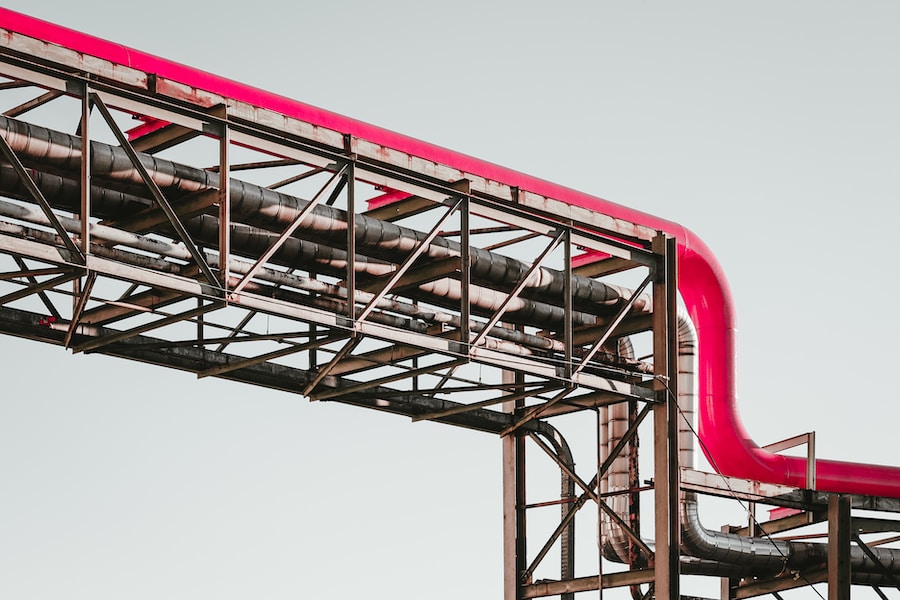Introduction: The Need for Streamlined Operations
In the fast-paced and competitive business landscape, operational efficiency is a key driver of success. Efficient operations not only reduce costs but also improve customer satisfaction, increase productivity, and enable businesses to adapt to changing market conditions. In this blog post, we will explore the importance of streamlined operations, strategies for identifying and mitigating workflow bottlenecks, the principle of continuous improvement, methods for measuring operational efficiency, and the overall goal of maintaining a lean and productive operation.
Identifying and Mitigating Workflow Bottlenecks
Operational inefficiencies often arise from workflow bottlenecks—points in a process where work slows down or becomes less efficient. Strategies to identify and address these bottlenecks include:
- Process Mapping: Visualize your workflow to identify areas where tasks pile up or take longer than necessary.
- Root Cause Analysis: Dig deep to determine why bottlenecks occur. Is it due to resource constraints, poor communication, or outdated technology?
- Workflow Automation: Implement automation where feasible to streamline repetitive tasks and reduce human error.
The Principle of Continuous Improvement
Continuous improvement is a fundamental concept in operational efficiency. It involves regularly assessing and enhancing processes to achieve better results. Tools and methodologies for continuous improvement include:
- Kaizen: A Japanese term that means “change for better.” It focuses on making small, incremental improvements in processes, products, or services.
- Lean Six Sigma: A combination of Lean (eliminating waste) and Six Sigma (reducing defects) methodologies. It aims to optimize processes by identifying and eliminating inefficiencies and defects.
- PDCA Cycle: Plan-Do-Check-Act is a structured approach to problem-solving and improvement. It involves planning changes, implementing them, checking their effectiveness, and making adjustments as needed.
Measuring Operational Efficiency
To improve operational efficiency, you must be able to measure it accurately. Key performance indicators (KPIs) can help assess your efficiency levels. Some relevant KPIs include:
- Cycle Time: The time it takes to complete a specific task or process.
- Resource Utilization: How effectively your resources, such as labor and machinery, are being used.
- Error Rate: The frequency of errors or defects in your processes.
- Cost per Unit: The cost associated with producing each unit of a product or delivering a service.
- Customer Satisfaction: Feedback and customer surveys can provide valuable insights into the efficiency of your customer-facing processes.
Conclusion: Maintaining a Lean and Productive Operation
In conclusion, operational efficiency is the backbone of a successful and competitive business. By identifying and mitigating workflow bottlenecks, embracing the principle of continuous improvement, and measuring key performance indicators, you can maintain a lean and productive operation that adapts to change and delivers exceptional value to customers.
Remember that operational efficiency is an ongoing effort. It requires a commitment to optimizing processes, a culture of continuous improvement, and the flexibility to adapt to evolving market demands. As you strive for operational excellence, you’ll be better positioned to thrive in a dynamic and competitive business environment.
